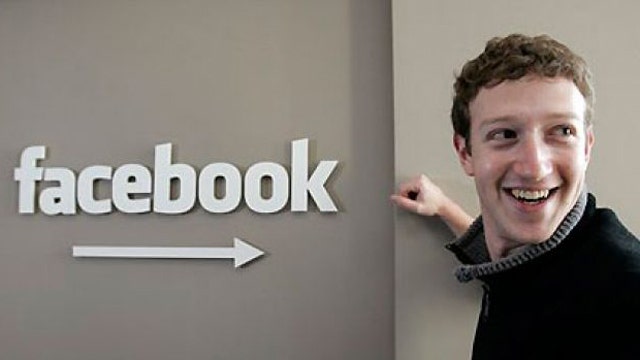Baby Boomers Flock to Facebook While Teens Exit En Masse
One minute it’s a hit, the next it’s old news. That’s a constant worry of people like Mark Zuckerberg and others behind social media companies such as Facebook (NASDAQ:FB).
A new study by iStrategy Labs shows a complete turnaround in the age of users the world's biggest social network is attracting.
From January 2011 through the beginning of this year, there was a 25% tumble in the number of users between the ages 13 and 17, while there was an 80% surge in users with an age of 55 and above. The report also showed users who identified themselves as either high school or college students slumped by 59%, with college alumni seeing a 65% increase.
A prior report by iStrategy Labs in 2011 paints a different picture: In that report, which analyzed users from January 2010 until January 2011, there was a 23% jump in the number of users between the ages of 13 and 17, while there was a 59% rise for those 55 and above. That report also showed there was a 234% spike in the number of users identifying themselves as college students.
A study from the Pew Research Center echos the findings. According to that survey of those 18-years old and older, 71% of adults who use the Internet also use Facebook, up from 67% as of late 2012. The study also showed 22% use LinkedIn (NYSE:LNKD), 21% use Pinterest, 18% use Twitter (NYSE:TWTR) and 17% use Facebook subsidiary Instagram.
So why the change? One teen was quoted by Time saying she was getting sick of Facebook due to the change in the age of people using the social media site, which included her older relatives. “It’s almost like they’re the only ones on there,” she told Time. “All your relatives are constantly commenting on your stuff. I appreciate the gesture and wanting to keep up with my life, but it’s kind of annoying.”
“Teens want to stay away from parents when they can so they can have more privacy,” said James Lee, an analyst at CLSA who has a buy rating and $70 price target on Facebook.
When Facebook last reported earnings in October, the stock popped up 15% immediately in after hours trading, but lost most of those gains when CFO David Ebersman mentioned the decrease in use by teens. But after that blip, this doesn’t seem to be causing a great deal of alarm among analysts covering the stock. According to Thomson Reuters, 38 analysts rate Facebook as a buy, five call it a hold, and not even one of them recommends selling it.
As of the third quarter of 2013, the most recent date available, Facebook had 1.19 billion monthly users, 728 million daily active users, 507 million mobile daily active users, and 874 million mobile monthly active users. In the prior quarter, they had 1.115 billion monthly users, 699 million daily active users, 469 million mobile daily active users, and 819 million mobile monthly active users.
Analysts and investors will get their next look at the numbers behind Facebook on Wednesday. According to Zacks Investment Research, based on 12 analysts' forecasts, the consensus earnings per share view for the quarter is 21 cents. Facebook reported EPS of nine cents for the same quarter last year.
One thing that could draw concern would be a fragmented user base among all age groups. Right now, according to Lee, social media usage is more fragmented for the younger user group with many of them using six to seven different outlets, while the older groups are more likely to just use two or three.
“I don’t get on Facebook that often because Twitter, Snapchat and Instagram have more to do. I can get in touch with more people on Twitter and then see what they’re up to on Instagram,” said Taryn VerHage, the author’s 15-year old cousin from Michigan.
Right now, Zuckerbeg can breathe a sigh of relief. According to the Pew study, less than half of online adults use multiple social networking platforms, and for those that only use one site, Facebook is the choice for 84% of them. Only 2% of respondents said that Twitter was the only social media website that they used, with the same percentage for Instagram.
Facebook also has higher user engagement than the other websites, with 63% of their users visiting the site at least once a day. For comparison, 57% of Instagram users visit the site at least once a day and 46% of Twitter users log in at least once a day. Instagram was purchased by Facebook in 2012 for $1 billion in cash and stock.




















